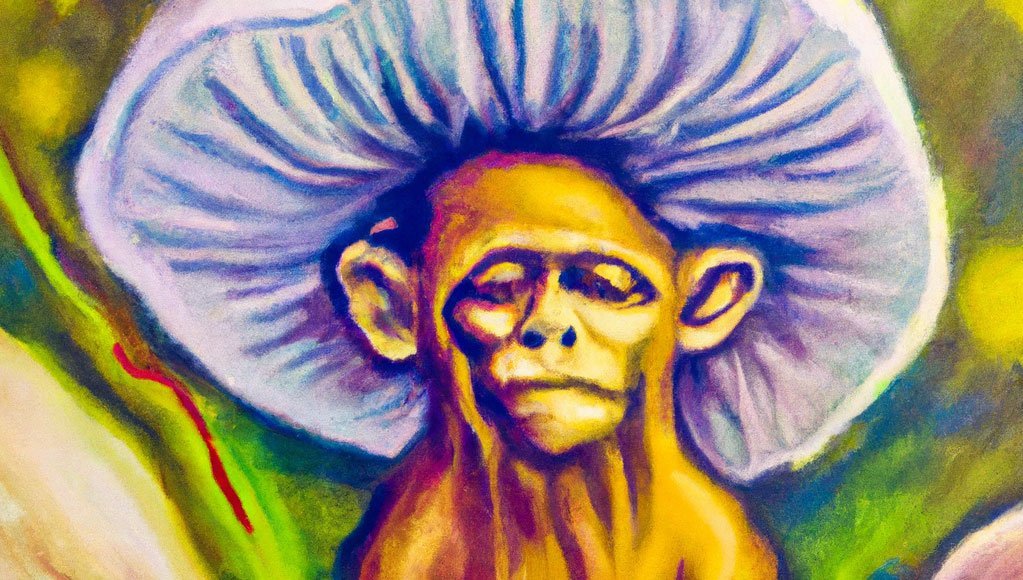Although psilocybin “magic” mushrooms have fascinated mankind for millennia, they haven’t always received the warmest of welcomes from conservative institutions.
From their widespread use dating back to the Paleolithic, to their stamping out by the Catholic Church in the 15th and 16th centuries, right down to their 20th Century resurgence at the hands of anthropologists and psychonauts, the psychedelic and therapeutic properties of psilocybin mushrooms have continued to intrigue and inspire.
In this article, we’ll be focusing on what mushrooms are, how they work, their therapeutic applications, and just how far back their use goes.
What are Magic Mushrooms?
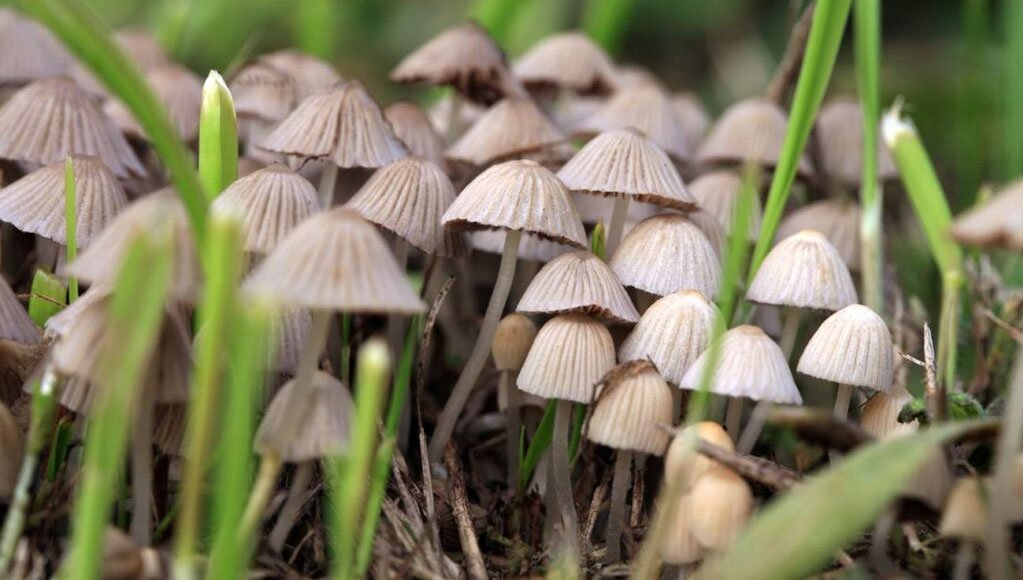
Psilocybin: An Overview and Mechanism of Action
Psilocybin is a naturally occurring psychedelic compound found in certain species of mushrooms, most notably the psilocybe genus.
Psilocybin mushrooms, commonly known as “magic mushrooms” or “shrooms,” have been used for, quite literally, thousands of years by various cultures for their psychoactive properties, which can induce altered states of consciousness, perceptual changes, and profound psycho-spiritual insights.
Chemical Structure and Metabolism
Psilocybin is a tryptamine alkaloid, sharing a core structure with other compounds produced naturally by the brain, such as serotonin and the neurotransmitter dimethyltryptamine (DMT).
Its chemical structure closely resembles that of serotonin, which plays a crucial role in the regulation of mood, cognition, and perception, and upon ingestion, psilocybin is rapidly metabolized by liver enzymes into its active form.
Effects of Psilocybin
The effects of psilocybin can vary greatly depending on factors such as dosage, individual sensitivity, and the environment in which it is consumed.
Generally, the onset of a full dose occurs within 20-40 minutes of ingestion, and the experience can last anywhere from 4 to 6 hours. Some of the common psychological effects include:
- Altered perception of time and space
- Enhanced sensory experiences (e.g., brighter colors, sharper sounds)
- Emotional amplification
- Euphoria or a sense of well-being
- Spiritual or mystical experiences
- Synesthesia (e.g., “hearing” colors or “seeing” sounds)
- Visual and auditory hallucinations or distortions
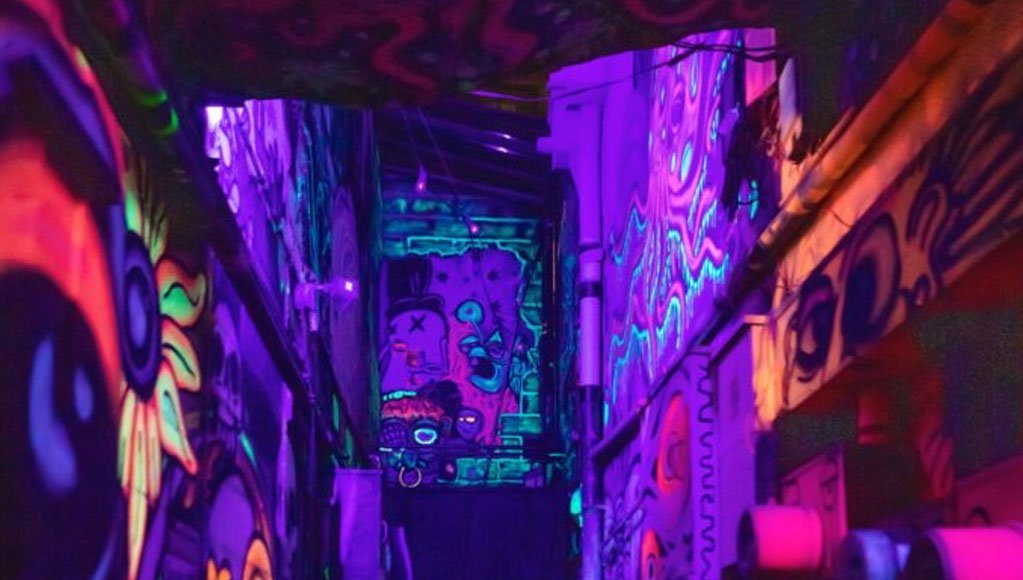
In recent years, there has been a resurgence of interest in the potential therapeutic applications of psilocybin, with clinical trials investigating its use in treating conditions such as depression, anxiety, post-traumatic stress disorder (PTSD), and addiction.
Key Figures in the Therapeutic History of Psilocybin
Robert Gordon Wasson
Although their use goes much further back in time, the discovery and development of psilocybin mushrooms’ therapeutic applications can be traced back to the 1950s.
Robert Gordon Wasson (1898-1986) was an American ethnomycologist, author, and banker. Best known for his pioneering work on the cultural and historical aspects of psychoactive mushrooms, particularly in their religious and spiritual use, Wasson’s work played a significant role in introducing psilocybin mushrooms to the Western world.
In 1955, along with his wife Valentina Pavlovna Wasson, a Russian-born physician, Wasson traveled to Mexico to study the use of hallucinogenic mushrooms in indigenous cultures.
The experience of participating in a traditional Mazatec mushroom ceremony led by the shaman María Sabina, during which they consumed psilocybin mushrooms, led Wasson to investigate the role of these mushrooms in religious and cultural practices.
In 1957, Wasson published an article titled “Seeking the Magic Mushroom” (pgs. 102-108) in Life Magazine, which brought international attention to the use of psilocybin mushrooms and their psychoactive effects. This article inspired further research into the properties and potential therapeutic applications of magic mushrooms.

Albert Hoffman and the Beginning of Clinical Research
Albert Hoffmann, a Swiss chemist made a fascinating discovery in 1938, when seeking to stabilize lysergic acid, a fungal compound then used in medicine for migraines. What he accidentally ended up doing instead was synthesizing lysergic acid diethylamine, or LSD.
It would not be a few years later, when he accidentally exposed himself to the compound, that its hallucinogenic properties were discovered.
In 1958, Hofmann also successfully isolated the psychoactive compound psilocybin from the psilocybe mexicana mushroom species.

Early Research
During the 1960s, researchers began exploring the potential therapeutic applications of LSD. Some initial studies showed promising results in treating conditions such as alcoholism, and was also used in alleviating depression and anxiety in terminal cancer patients.
However, the increasing recreational use of psychedelics and a growing counterculture movement led to a halt in research, ending with both psilocybin and LSD being classified as a Schedule I substance in 1970.
Renaissance in Psilocybin Research
Starting in the early 2000s, interest in psilocybin’s therapeutic applications re-emerged, and researchers began conducting new clinical trials. Some key studies include:
- A 2006 study by Roland Griffiths and his team at Johns Hopkins University demonstrated that psilocybin could induce mystical experiences with lasting, positive effects on well-being and life satisfaction.
- In 2011, Charles Grob and his team at Harbor-UCLA Medical Center conducted a study showing that psilocybin could alleviate anxiety and depression in patients with terminal cancer.
- In 2016, two parallel studies conducted by Roland Griffiths at Johns Hopkins University and Stephen Ross at NYU Langone Medical Center revealed that a single dose of psilocybin could significantly reduce anxiety and depression in cancer patients, with the effects lasting for months.
- Both previous and recent studies led by Alan Davis at Johns Hopkins University found that psilocybin-assisted therapy could lead to significant reductions in depression and anxiety among patients with major depressive disorder.
As of now, several clinical trials are underway to further investigate the therapeutic potential of psilocybin in treating various mental health conditions, such as PTSD, addiction, and treatment-resistant depression.

Psilocybin Throughout History
Independently of Terence McKenna’s controversial theory of psilocybin’s role in the rise of human consciousness (which we will explore in the next blog), there is well-documented proof that our relationship with what some call “God-revealing” hallucinogens goes far back in history.
The Cave Paintings of Tassili n’Ajjer
In the tumultuous journey of our collective consciousness, it is often the case that we, the children of modernity, cast our gaze upon the annals of history and ask ourselves, “What did our ancient brethren occupy themselves with when they were not hunting, gathering, and propagating the species?”
The answer, according to one interpretation of the primordial cave paintings at Tassili n’Ajjer in Algeria, lies in the mysterious realms of the fungal kingdom.
Indeed, it would appear that our ancestors partook in the sacred ritual of consuming mushrooms, expanding their minds and connecting with the ineffable.
In his book “Food of the Gods: The Search for the Original Tree of Knowledge,” the esteemed ethnobotanist and mystic, Terence McKenna, writes of the Tassili n’Ajjer cave paintings:
“Here are the earliest known depictions of shamans with large numbers of grazing cattle. The shamans are dancing with fists full of mushrooms and also have mushrooms sprouting out of their bodies. In one instance they are shown running joyfully, surrounded by the geometric structures of their hallucinations. The pictorial evidence seems incontrovertible.”
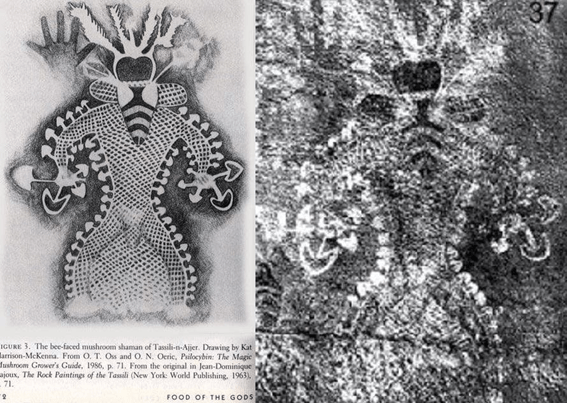

McKenna was not alone in his fascination with these ancient expressions of the psychedelic experience. Giorgio Samorini, another scholar in the field of psychedelics also wrote extensively about the subject of these cave paintings.
It seems, then, that the cave art of Tassili n’Ajjer bears witness to the ancient use of hallucinogenic plants in ritualistic practices, perhaps stretching back to the Neolithic era, when the Sahara was a verdant savanna, teeming with life, rather than the desolate expanse we know today.
One cannot help but wonder if the cave painters of Tassili n’Ajjer could have ever conceived that their creations would continue to ignite the flames of curiosity and wonder in the hearts of those who dwell in the distant future, a full nine millennia later.
Conversations with Man-Gods
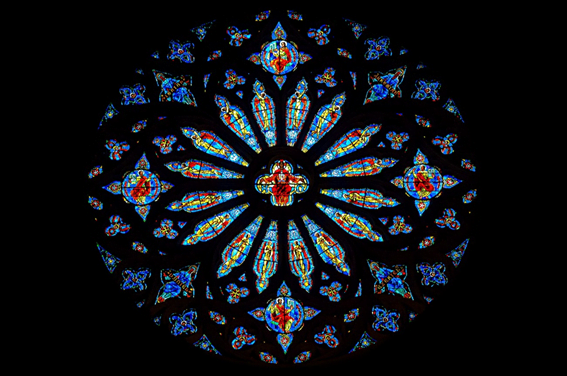
As with most situations in human societies, a trend, trait, or meme (a unit of cultural information transmitted from person to person) will always have its advocates as well as its detractors.
Naturally, the use of psychedelics such as mushrooms is no exception, having in good old human fashion divided public opinion into a dualistic appraisal of good or bad.
Those that perceive the use of mushrooms as good can be called “mycophiles;” those who see them as inherently bad, are “mycophobes.”
Since we have already gone over some of history’s most notable enthusiasts, let us now dwell on the mycophobes, their questionable methods, and dubious “achievements.”
The Spanish Conquest of Mesoamerica (1519-1521)
When the Spanish conquistadors arrived in Mesoamerica, they encountered indigenous cultures such as the Aztecs and Maya. These cultures had been using various hallucinogenic plants, such as ayahuasca, and psilocybin-containing mushrooms, in religious and healing rituals.
The Spanish, in their efforts to convert the indigenous people to Christianity, deemed the use of these substances as demonic and sought to suppress their use.
Christianity had by then risen from a once diverse spiritual landscape, becoming a dominant patriarchal dogma centered on a singular, masculine deity—God.
As most dominant cultures do, it challenged and all but erased the rich knowledge and cultures gained over millennia. Rooted in animism, such cultures had believed in the equality and interconnectedness of all beings of both plant and animal kingdoms.
As the Catholic Church expanded its patriarchal dominance, it brutally targeted those it considered “infidels,” consolidating power by suppressing the notion that individuals could communicate directly with the divine.
After all, if, as seen in shamanic tribal cultures of the time, anyone could talk to their gods without the need for elites of intermediaries, what would become of the Church and the clerical elites if such knowledge got out?

The (Un)Holy Office of the Inquisition (16th-18th centuries)
Informed by the reports of the conquistadors who returned to Europe, during the Spanish Inquisition, the use of hallucinogenic substances, including psychedelic mushrooms, was often seen as evidence of witchcraft or heresy.
The Spanish Inquisition was a judicial institution established in 1478 by King Ferdinand II of Aragon and Queen Isabella I of Castile, aimed at maintaining Catholic orthodoxy and suppressing heresy within their kingdoms.
Overseen by the Catholic Church, the Inquisition’s primary focus was their persecutions of converted Jews and Muslims, Protestants, alleged witches, and any other minorities deemed heretical or threatening to Catholic orthodoxy.

The 20th Century “War on Drugs”
In the latter half of the 20th century, the use of psychedelic substances, including psilocybin mushrooms, became more widespread in Western societies.
In response, governments around the world, led by the United States and the Nixon administration, enacted strict drug policies aimed at curbing the use of all mind-altering substances (except, of course, those produced by pharmaceutical companies.)
The Controlled Substances Act of 1970 in the US classified psilocybin as a Schedule I substance, making its possession, distribution, and use illegal, with similar legislations enacted in other countries.

Beyond Big Pharma: An Alternative
The extraordinary journey of psilocybin mushrooms through the ages, from the sacred rituals of our ancient ancestors to the courageous endeavors of modern researchers, stands as a testament to the enduring allure of these enigmatic fungi.
While the relentless march of time has borne witness to the rise and fall of countless civilizations, the hallucinogenic properties of these mystical organisms have remained an indelible part of the human story.
Over the last two decades, the renewed interest in ancestral plant medicines has opened up a world of possibilities, offering hope and healing to those who suffer from a wide array of mental health conditions.
Conventional treatments for mental health issues has proven their efficacy at managing symptoms. By the same token, they have also proven their inefficiency at proposing significant breakthroughs which allow those suffering from conditions such as addiction, PTSD, depression, chronic anxiety or anhedonia to reclaim their lives.
Our growing understanding of the potential benefits of ancestral plant medicines such as ibogaine represents a profound shift in the way we here at Ibogaine Treatment UK (Iboga Root Sanctuary) perceive and treat mental health, as we help to break down the barriers that have hindered therapeutic breakthroughs for far too long.
If you liked this post, stay tuned for the next one, in which we’ll be diving deep into Terence McKenna’s controversial theory about psilocybin and the birth of human consciousness.

